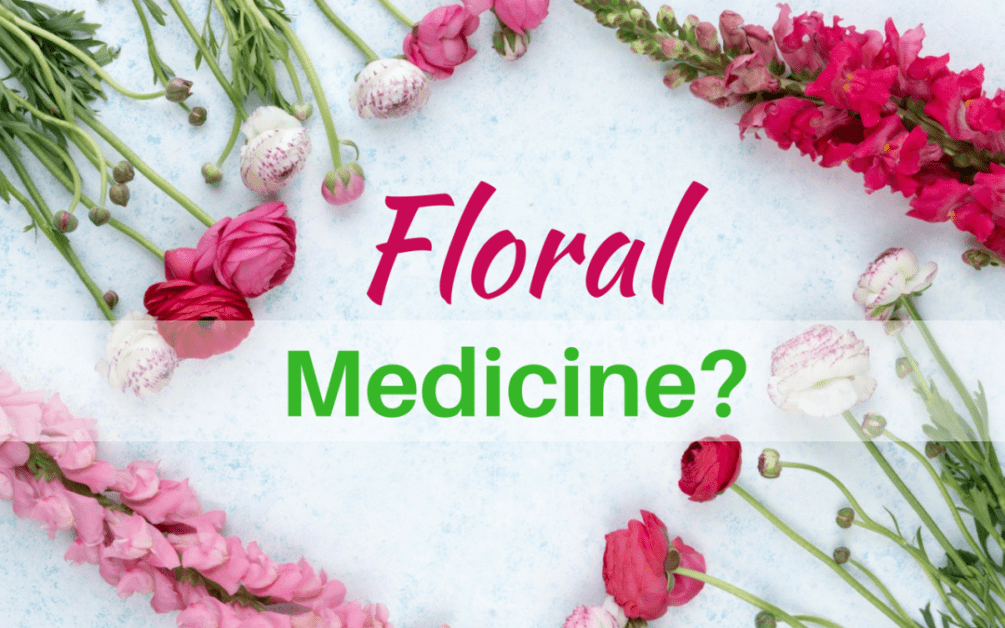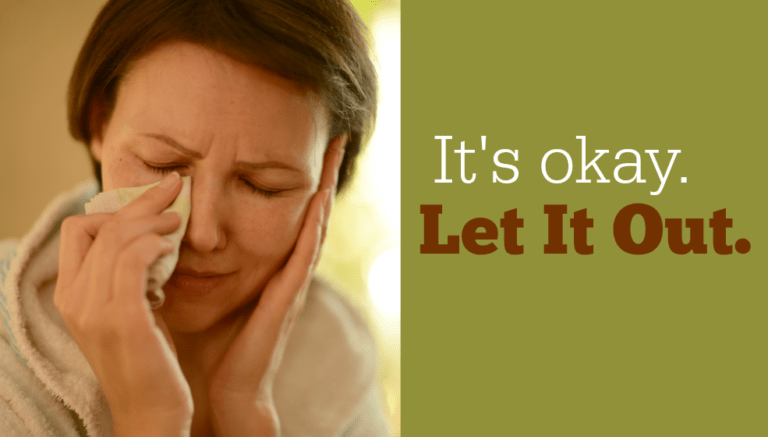Using Flowers for Healing

Flowers are known to lift one’s spirits…but did you know they can providing physical as well as emotional healing?
For centuries practitioners of medicine have used what Mother Nature provided as was readily available to provide healing and health improvements to people. The knowledge of the therapeutic properties of flowers spans time and cultures across the world.
In modern times, flowers and plants offer an advantage as a completely natural alternative to modern medications – which may have side effects and/or limited efficacy. As well, the formulas one can make from flowers are often less expensive than pharmaceuticals.
Flower essences come in a variety of forms that can be used for medicinal purposes. Dried flowers, teas made from flowers and essential oils from flowers are available at most herbal health stores. (If you’re feeling adventurous, you could grow your own flowers and either boil them in natural spring water or dry them in the sun.) Regardless, anyone wanting to use flowers in a healing formula should be careful, as some flowers are very potent. We recommend you consult your doctor before getting started.
Dandelion
What it’s for: a laxative, curing anemia, controlling blood sugar and cholesterol levels, and in treatment of digestive, liver, and gallbladder problems.
That “weed” that takes over your yard has more value than you think! The edible Dandelion flowers are rich in minerals and vitamins A, B, C, and D. As a result, they are beneficial for overall wellbeing – and the Native Americans knew this and used the flower extensively. Boil some dried dandelion flowers for 2 minutes, strain them and enjoy this herbal tonic.
Begonia
What it’s for: headaches and ridding the body of toxins
When your next tension headache strikes, remember begonias. You can make an infusion by soaking the flowers in hot water and drinking it as tea. If you keep the plant around the house, you can even crush the flowers and leaves and rub them on your skin to help relieve pain or heal burns.
Calendula
What it’s for healing wounds, reducing inflammation, and more
Since Roman times, this flower has been used as a wound healer. The flower’s blossoms contain oils and resins that calm inflammation, provide healing, and even have antibacterial, antifungal, and antiviral properties. Today, Calendula is often a primary ingredient in herbal salves used for rashes, minor cuts, and even chapped lips. You can also brew an infusion to treat athlete’s foot, acne, conjunctivitis, mouth ulcers, and yeast infections!
Hawthorn
What’s it for angina, heart rhythm disturbances, and mild congestive heart failure
Doctors in Europe as well as avid herbalists have long seen the heart-healthy benefits of Hawthorn. The pink and white flower blossoms contain compounds that improve blood flow, strengthen the contraction of the heart muscle, lower blood pressure and provide calming for heart palpitations. Many herbalists advocate for drinking Hawthorn tea to maintain heart health for people over 40 with a family history of cardiovascular issues. Note: if you take medication for a heart condition, check with your doctor before using Hawthorn, as it can enhance the effects of certain drugs.
Echinacea
What it’s for: boosting immune system, fighting colds and viruses
Echinacea was a favorite medicine of the Plains Indians, and this native North American plant is still used today in herbal medicine. Its main function in medicine is to stimulate immune function and strengthen your cells against whatever they are fighting – colds, flu, and infection. This flower is readily available in a supplement form at most drug stores. Take Echinacea at the first sign of an infection.
Carnation
What it’s for: reducing anxiety, stress, and fatigue
While the base of the flower is bitter, the petals can be separated and brewed into a tea which can help with ailments. Carnations have also been known to reduce nausea and relieve stomach aches. When made into creams, they can heal skin wounds.
Meadowsweet
What it’s for pain relief
The almond-scented blooms of Meadowsweet are rich in salicin, which has natural anti-inflammatory and pain-relieving properties. In the 1800s, chemists began using extracts of Meadowsweet…and eventually created the synthetic drug aspirin. While not as powerful as aspirin, Meadowsweet is easier on the stomach and can even be used to treat diarrhea. You can readily find this medicinal flower in tea form and as an essential oil. For more thoughts on what this flower can do, check out this entire article on Meadowsweet.
St. John’s Wort
What’s it for: depression, mood
The flowers of St. John’s Wort are rich in hypericin and hyperforin and are known to ease mild to moderate depression. Dozens of studies have shown that extracts of St. John’s Wort have proven to be as effective on mild or moderate depression as many prescription antidepressants. As with Echinacea, this flower is readily available in supplement form at most drug stores. Consult your doctor first, if you are already taking a prescription medication, as St. John’s Wort can interact with many medications. Be prepared to give St. John’s Wort time to work, as it has a cumulative effect and can take one to two months before you notice a difference.
These are just a few of the flowers that have healing properties. Interested in seeing more? This website has quite an extensive list.
PainPathways Magazine
PainPathways is the first, only and ultimate pain magazine. First published in spring 2008, PainPathways is the culmination of the vision of Richard L. Rauck, MD, to provide a shared resource for people living with and caring for others in pain. This quarterly resource not only provides in-depth information on current treatments, therapies and research studies but also connects people who live with pain, both personally and professionally.
View All By PainPathways






